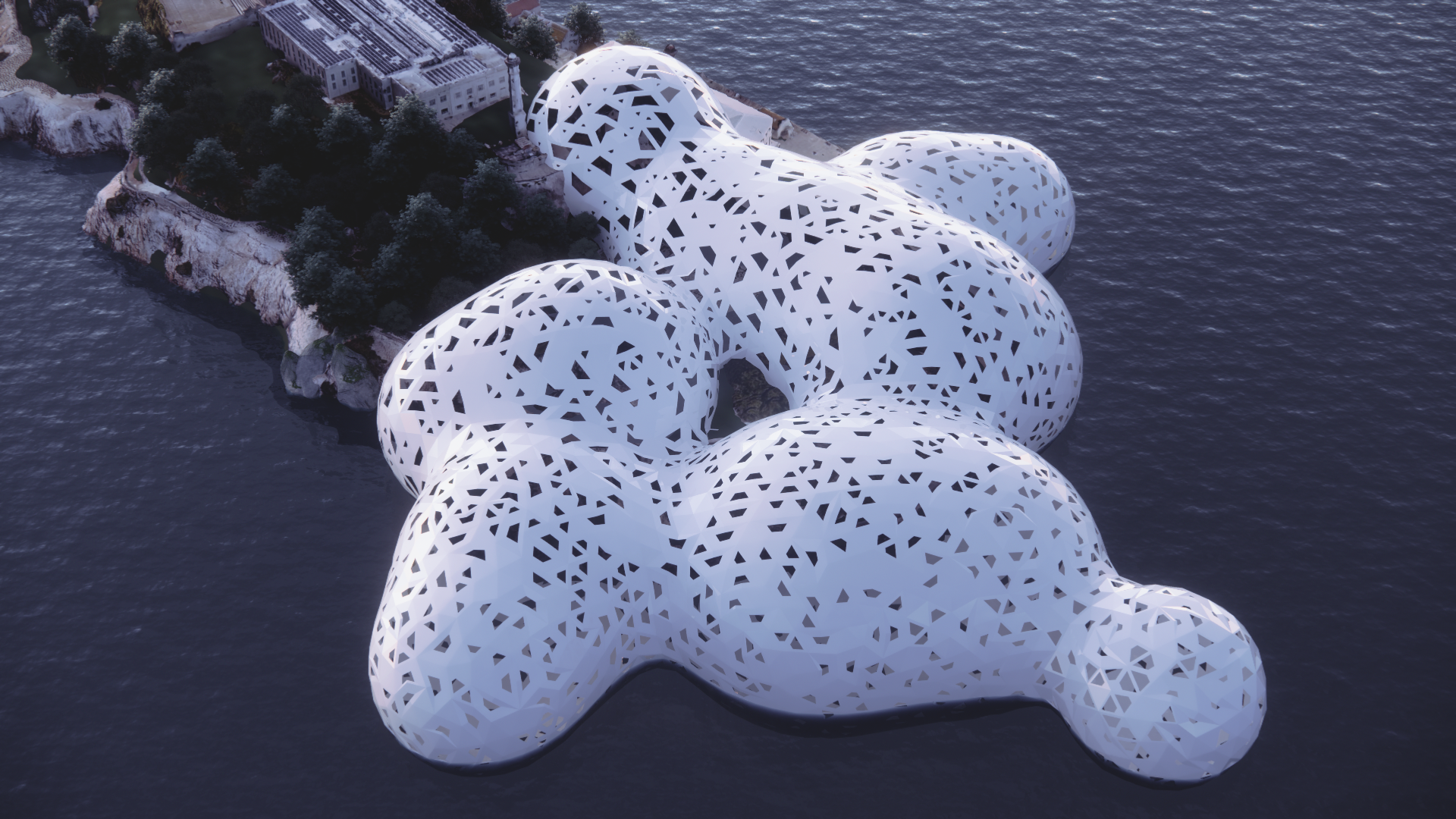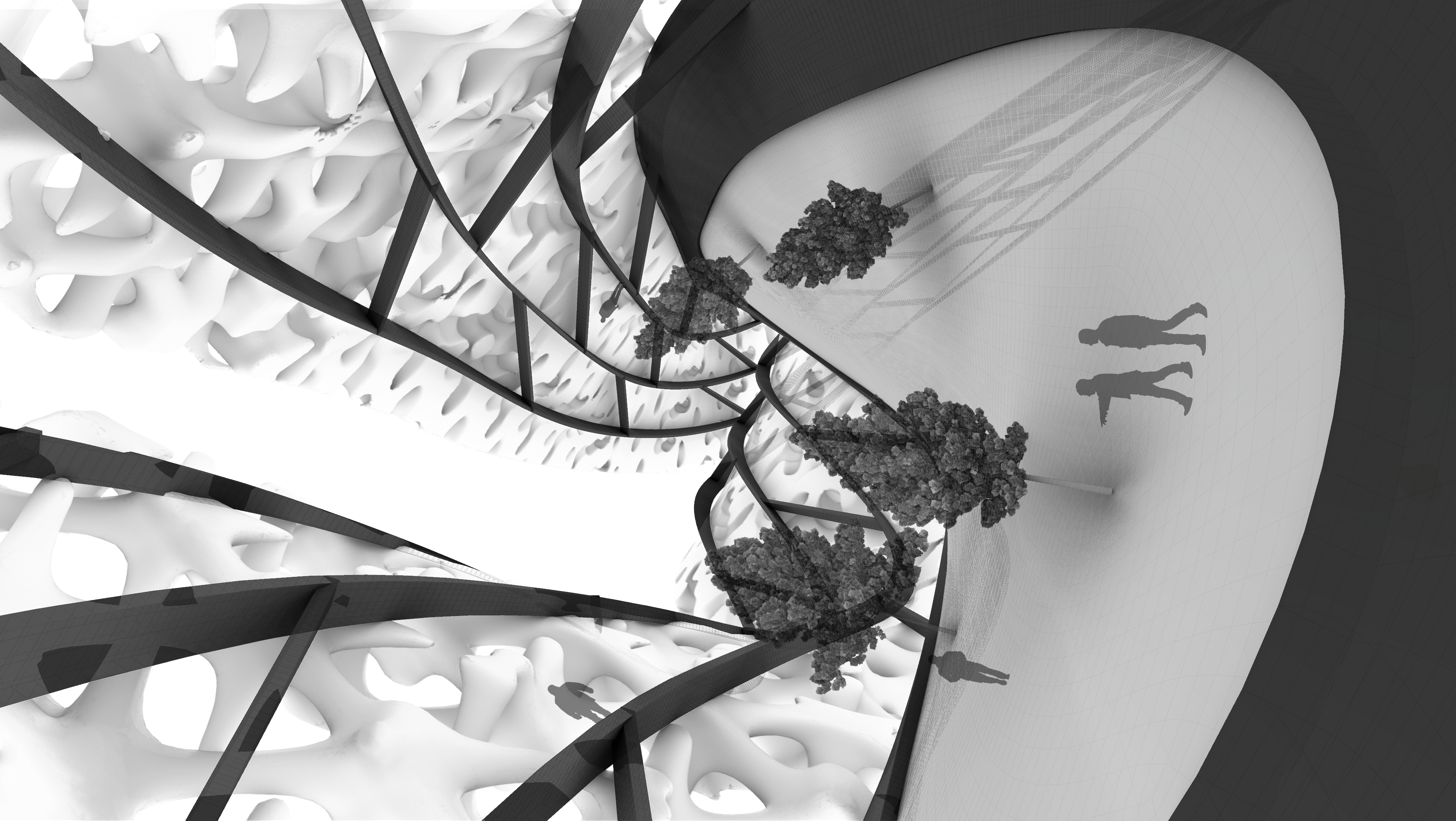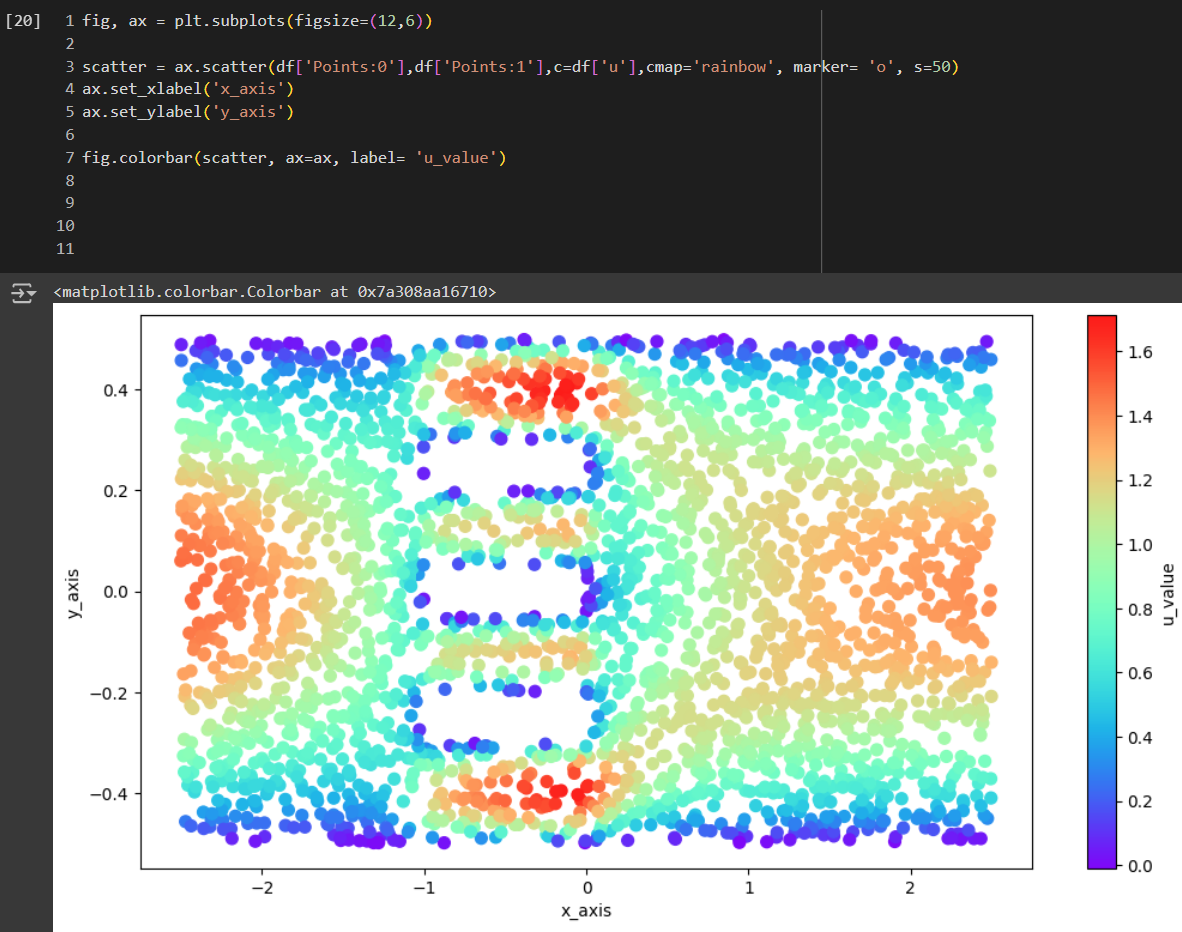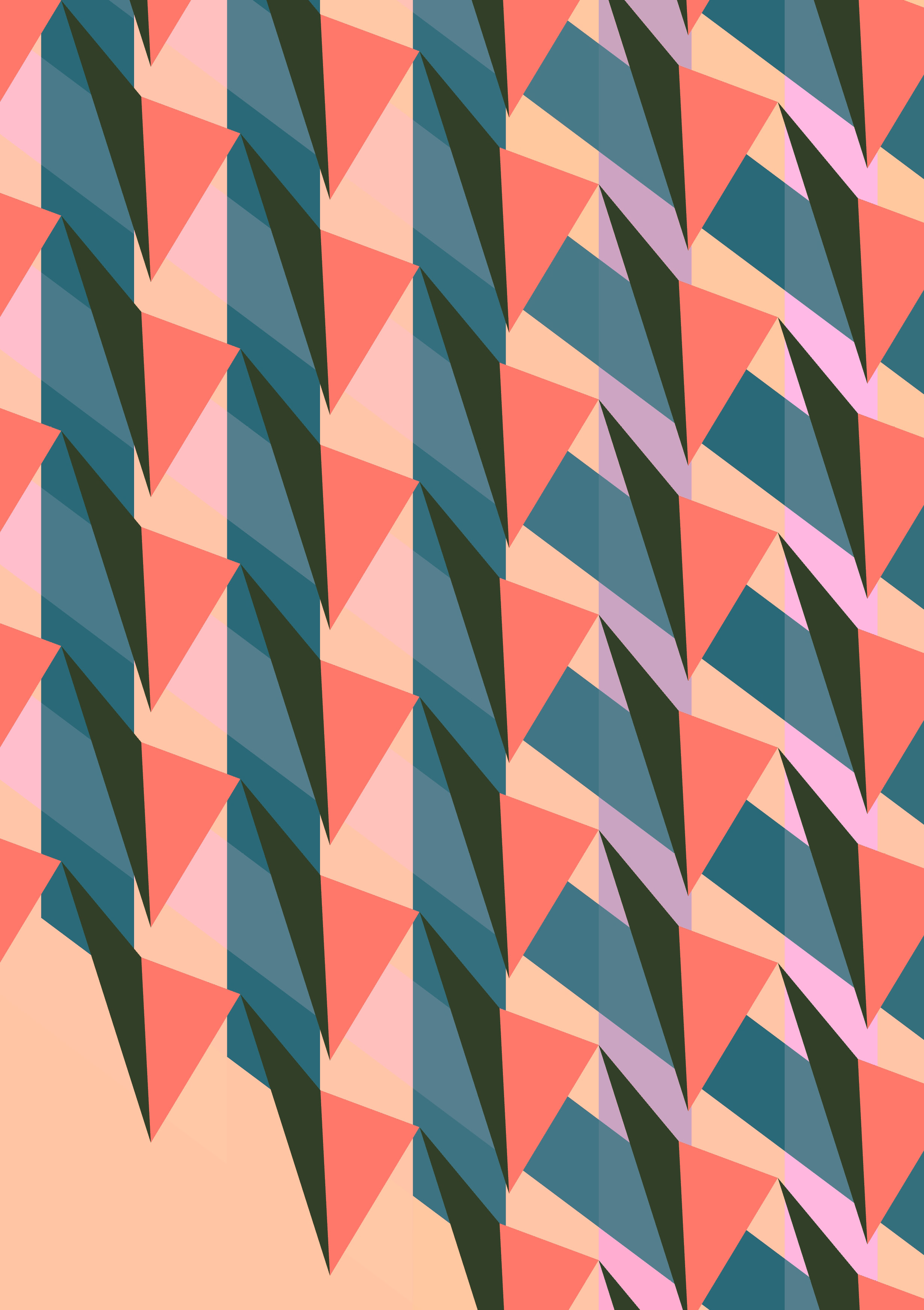Environmental Analysis of Madrid
Part 1: Climate Analysis Madrid falls into two koppen climate classification zones: a cold semi-arid climate (classification BSk) in the metropolitan area, and a mediterranean, dry-summer climate in the west half of the city (classification Csa). The main characteristics of this climate are hot, dry summers and cold, humid winters. There are also large temperate … Read more

















